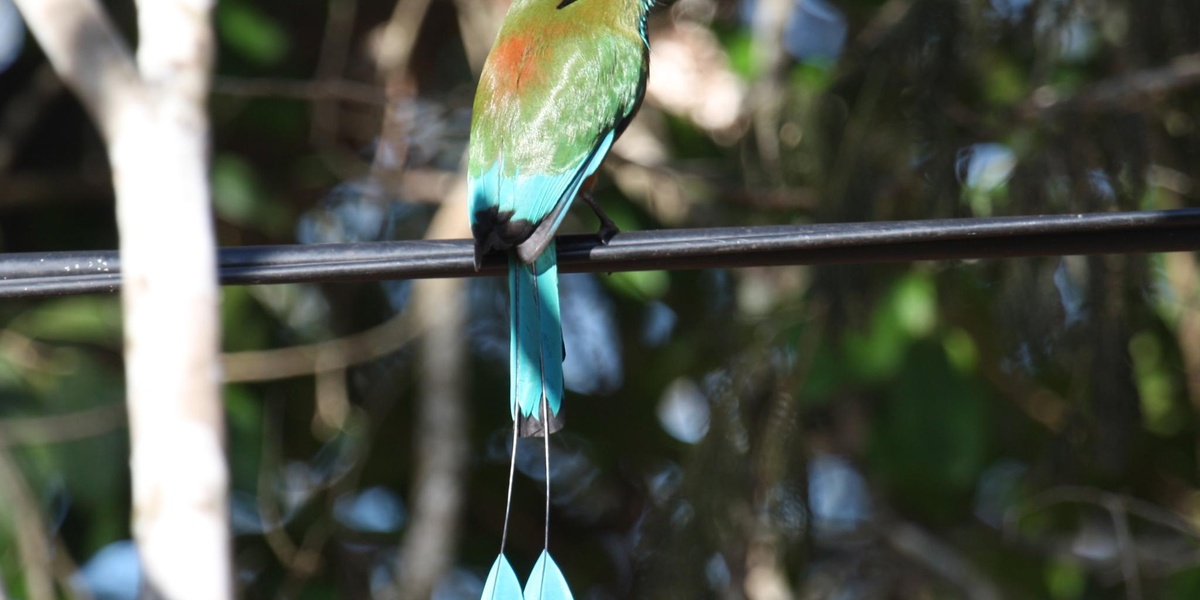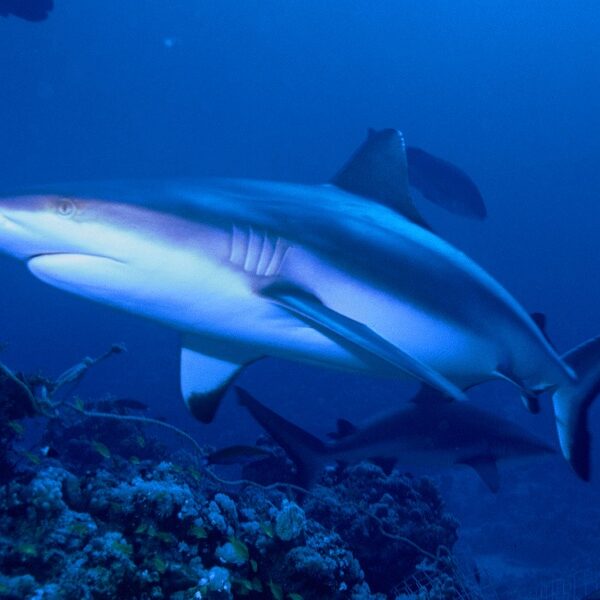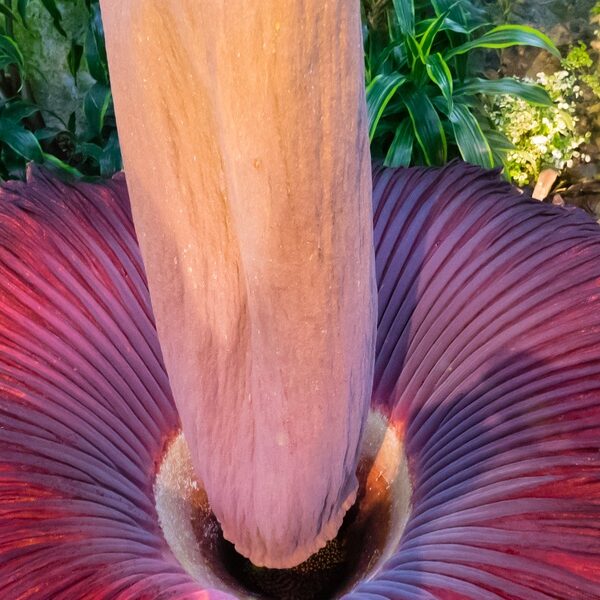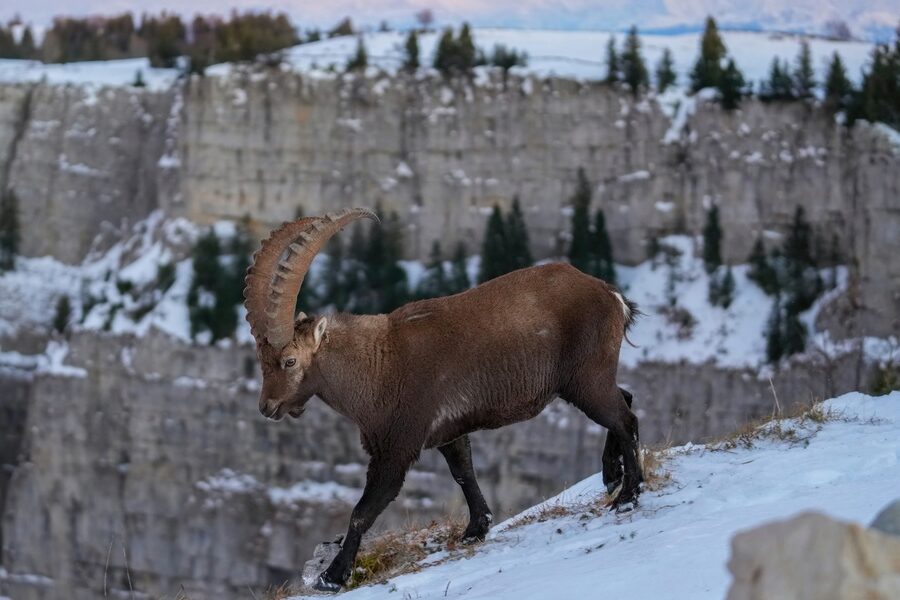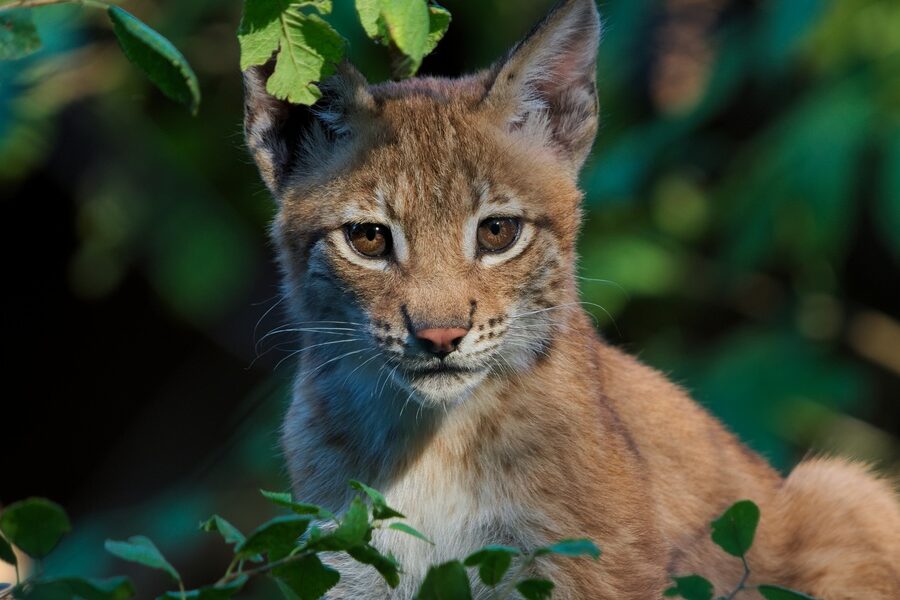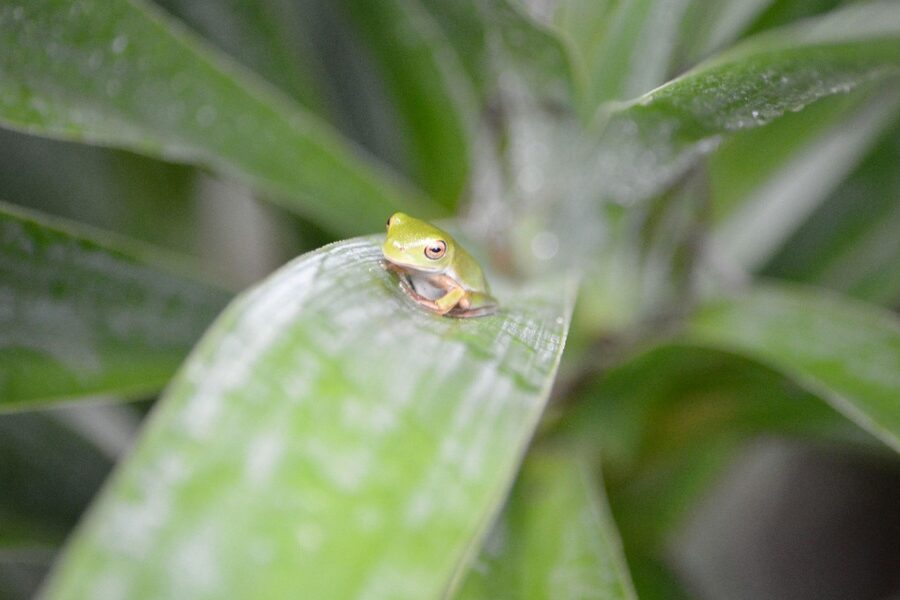El Salvador may be small, but its Pacific coastlines, mangroves, wetlands and inland forests support a wide range of wildlife. Knowing which species live there helps travelers, students and conservationists spot key habitats and understand local conservation needs.
There are 31 El Salvador’s native animals, ranging from the American crocodile to the White-tailed deer. For each entry I list Scientific name,IUCN status,Habitat/location so you can quickly see taxonomy, conservation risk and where to find the species — you’ll find below.
Which species on the list face the greatest threats locally?
Look at the IUCN status column to identify species under pressure; many threats in El Salvador come from habitat loss, pollution and coastal development. The American crocodile, for example, is sensitive to coastal changes, while more adaptable animals tend to appear as Least Concern. Local conservation groups and protected areas play a big role in reducing risks.
How can I use the table to plan wildlife viewing or research?
Use the Habitat/location column to choose sites (mangroves, wetlands, forests) and the Scientific name to confirm identification. For sightings, go during active times for each habitat, hire local guides who know seasonal patterns, and respect regulations to avoid disturbing animals.
El Salvador’s Native Animals
| Name | Scientific name | IUCN status | Habitat/location |
|---|---|---|---|
| White-tailed deer | Odocoileus virginianus | Least Concern | Dry forests and lowlands; protected areas |
| Collared peccary | Pecari tajacu | Least Concern | Dry and moist forests, scrublands |
| Central American agouti | Dasyprocta punctata | Least Concern | Forest edges, coffee farms, reserves |
| Nine-banded armadillo | Dasypus novemcinctus | Least Concern | Grasslands, farms, forest edges |
| White-nosed coati | Nasua narica | Least Concern | Woodlands, riparian corridors, parks |
| Ocelot | Leopardus pardalis | Least Concern | Wet forests, dense cover; rare sightings |
| Jaguarundi | Herpailurus yagouaroundi | Near Threatened | Shrubby lowlands, riparian forests |
| Northern tamandua | Tamandua mexicana | Least Concern | Forests, riverine areas, hills |
| Turquoise-browed motmot | Eumomota superciliosa | Least Concern | Dry forests, gardens, open woodland |
| Black vulture | Coragyps atratus | Least Concern | Open areas, roadsides, coastal zones |
| Turkey vulture | Cathartes aura | Least Concern | Open landscapes, thermals, hills |
| Brown pelican | Pelecanus occidentalis | Least Concern | Coastal waters, estuaries, fishing ports |
| Great egret | Ardea alba | Least Concern | Wetlands, lagoons, estuaries |
| Great blue heron | Ardea herodias | Least Concern | Lagoons, rivers, mangroves |
| Plain chachalaca | Ortalis vetula | Least Concern | Scrub, dry forest, agricultural edges |
| Rufous-tailed hummingbird | Amazilia tzacatl | Least Concern | Gardens, forest edges, lowland forests |
| American crocodile | Crocodylus acutus | Vulnerable | Coastal lagoons, estuaries, mangroves (Jiquilisco Bay) |
| Morelet’s crocodile | Crocodylus moreletii | Least Concern | Freshwater lakes, rivers, wetlands |
| Green iguana | Iguana iguana | Least Concern | Lowland forests, riverbanks, gardens |
| Boa constrictor | Boa constrictor | Least Concern | Tropical forests, riparian zones, dense cover |
| Fer-de-lance | Bothrops asper | Least Concern | Lowland forests, agricultural edges, humid areas |
| Olive ridley sea turtle | Lepidochelys olivacea | Vulnerable | Pacific nesting beaches, coastal waters |
| Hawksbill sea turtle | Eretmochelys imbricata | Critically Endangered | Coral reefs, coastal foraging, nesting beaches |
| Red-eyed tree frog | Agalychnis callidryas | Least Concern | Moist forests, lowland and foothill vegetation |
| Salvadoran salamander | Bolitoglossa salvadorensis | Endangered | Moist montane forests, cloudforest remnants |
| Fitzinger’s robber frog | Craugastor fitzingeri | Least Concern | Leaf litter, lowland forests, humid areas |
| American eel | Anguilla rostrata | Endangered | Rivers, estuaries, coastal lagoons |
| Mayan cichlid | Mayaheros urophthalmus | Least Concern | Freshwater lakes, rivers, coastal lagoons |
| Freshwater prawn | Macrobrachium carcinus | Not assessed | Rivers, streams, estuaries, mangrove creeks |
| Gulf fritillary butterfly | Agraulis vanillae | Not assessed | Open areas, gardens, forest edges |
| Blue morpho butterfly | Morpho peleides | Not assessed | Humid forests, secondary growth, reserves |
Images and Descriptions
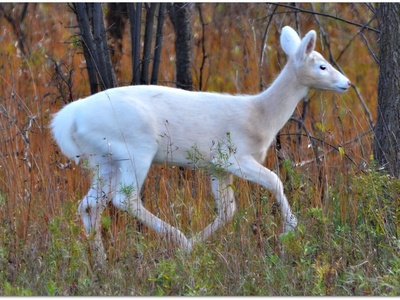
White-tailed deer
A medium-sized deer common in many lowland habitats across El Salvador. Often seen at dawn or dusk, it’s important for local ecosystems and game recovery; best spotted in larger forest fragments and national parks at quieter hours.
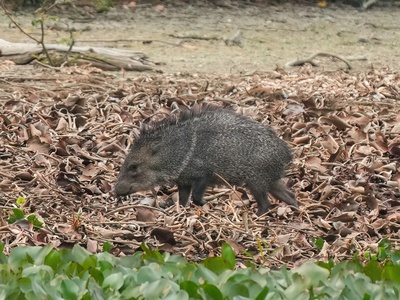
Collared peccary
A pig-like hoofed mammal that travels in small herds. Tough and adaptable, collared peccaries forage for roots and fruits; you may see tracks near forest edges and protected reserves across the country.
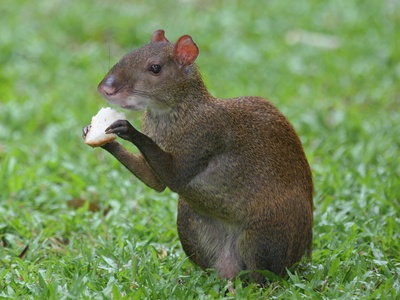
Central American agouti
A rabbit-sized rodent that eats fruits and disperses seeds. Quick and shy, agoutis are often active at dawn and dusk; look for them in forest patches and shaded agricultural areas.
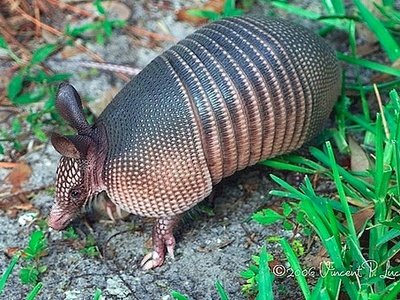
Nine-banded armadillo
A small armored mammal that digs for insects and grubs. Generally harmless and nocturnal, armadillos leave distinctive digging signs; common in open lowland areas and easy to spot at night.
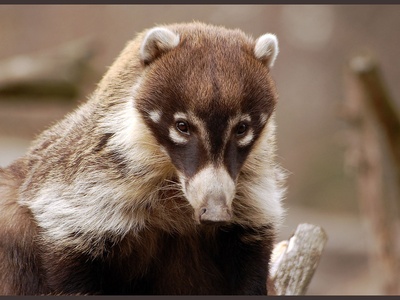
White-nosed coati
A raccoon-like omnivore that forages in trees and on the ground. Social and curious, coatis are active during the day; look for groups in forested reserves and riparian strips.
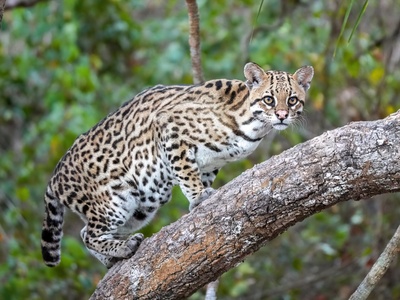
Ocelot
A medium wild cat with beautiful spotted coat and nocturnal habits. Ocelots are elusive and rare in El Salvador; best chance of seeing one is through camera-trap studies or careful night surveys in large forest remnants.
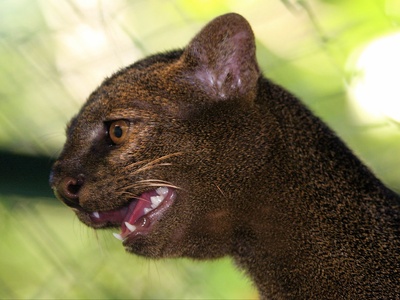
Jaguarundi
A small, elongated wild cat that prefers dense brush and river corridors. Secretive and crepuscular, jaguarundis are less spotted than other cats; they indicate healthy lowland habitats when present.
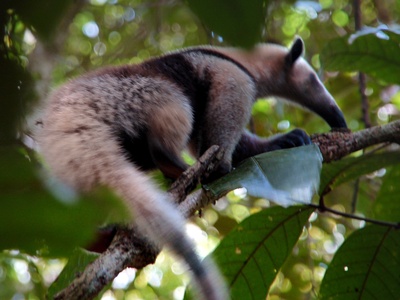
Northern tamandua
A tree-climbing anteater about the size of a house cat. Slow-moving and feeding on ants and termites, tamanduas are nocturnal to crepuscular; watch quiet forest edges and riparian trees.
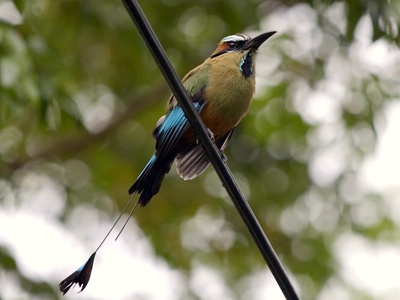
Turquoise-browed motmot
A colorful bird with a distinctive racketed tail and bright blue face. Considered iconic in El Salvador, it’s bold around trails and gardens; easy to find in lowland dry forests and protected areas.
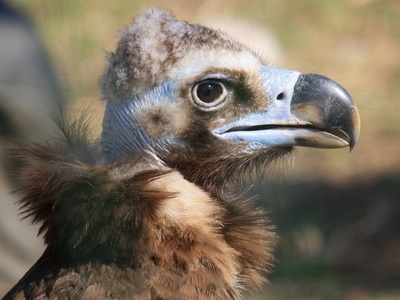
Black vulture
A common scavenger often seen soaring or feeding at carcasses and landfills. Notable for its adaptability, black vultures are widespread and easy for visitors to observe in many habitats.
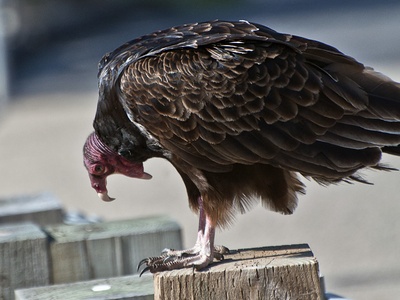
Turkey vulture
A large soaring scavenger with excellent sense of smell. Frequent along thermals and ridgelines, turkey vultures are common and helpful recyclers of carcasses across El Salvador.
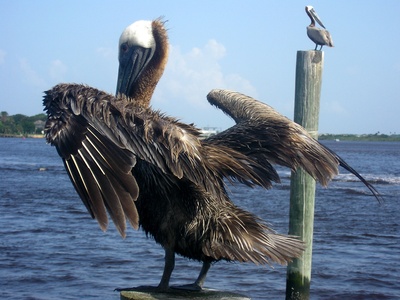
Brown pelican
A large coastal seabird that dives for fish and perches on coastal structures. Common along the Pacific coast, brown pelicans are striking to watch around bays and fishing villages.
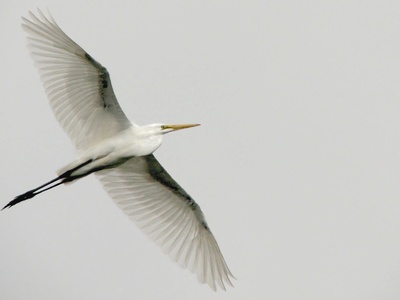
Great egret
A tall white heron common in marshes and coastal lagoons. A patient wading predator of fish and amphibians, great egrets are frequent in Jiquilisco Bay and other wetland reserves.
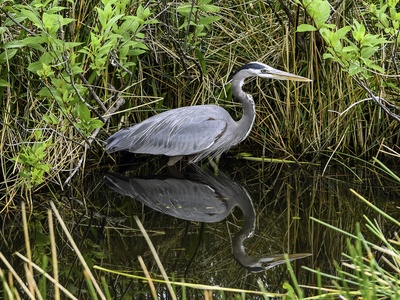
Great blue heron
A large, solitary heron often seen standing motionless hunting fish. Widespread along rivers and coastal wetlands, it’s a favorite sighting for birdwatchers in Salvadoran estuaries.
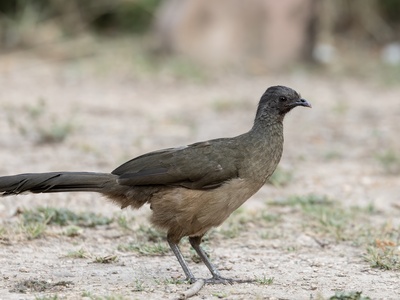
Plain chachalaca
A noisy, medium-sized game bird that feeds on fruits and leaves. Often heard before seen, chachalacas frequent dry forests and scrub, making them easy to locate by their raucous calls.
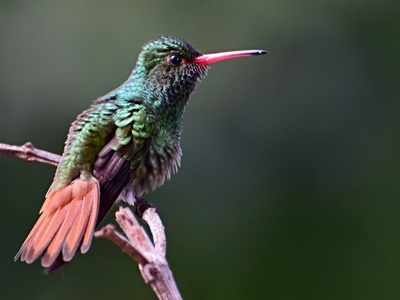
Rufous-tailed hummingbird
A small, common hummingbird with a rufous tail and bold behavior. Frequent in gardens and forest clearings, it’s a favorite for close-up viewing at feeders and flowering shrubs.
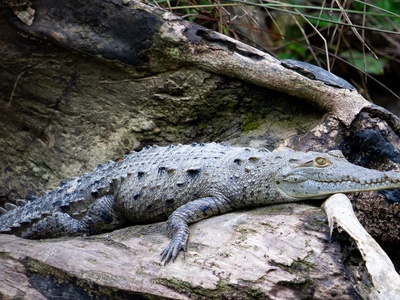
American crocodile
A large, salt-tolerant crocodile inhabiting estuaries and coastal lagoons. Shy but powerful, it’s best seen on guided boat trips in protected bays and mangrove channels; conservation remains critical.
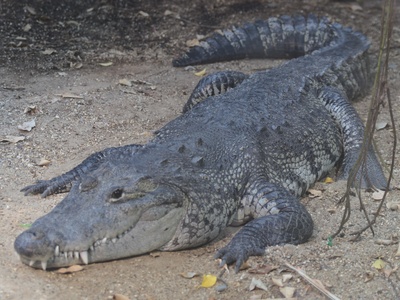
Morelet’s crocodile
A medium crocodile that prefers freshwater habitats. Less salt-tolerant than the American crocodile, Morelet’s can be seen in quiet rivers and protected freshwater marshes.
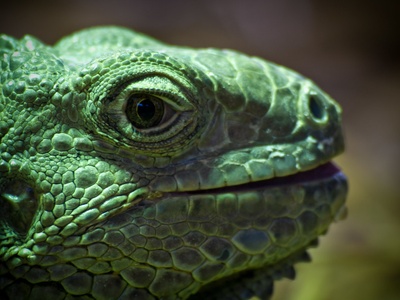
Green iguana
A large green lizard that basks in trees and feeds on leaves. Common and conspicuous near water and towns, iguanas are a familiar sight in lowland green spaces and reserves.
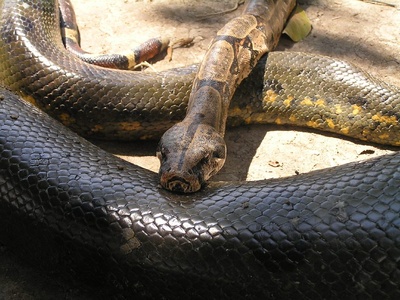
Boa constrictor
A heavy-bodied ambush predator that eats mammals and birds. Nonvenomous but strong, boas are secretive and most often detected by signs or rare sightings in forested river corridors.
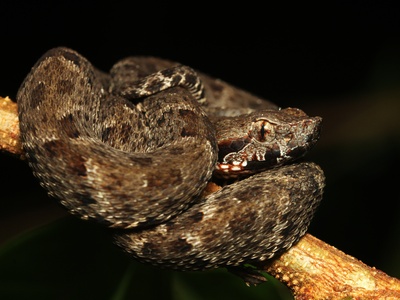
Fer-de-lance
A large, highly venomous pit viper common in lowland Central America. Dangerous if startled, it’s often found near ground cover and agricultural fields; caution advised in bushy areas.
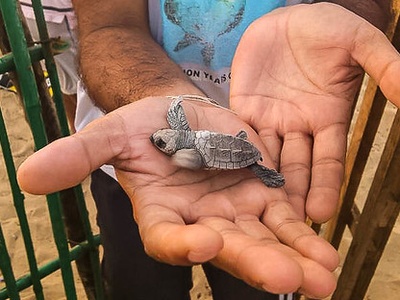
Olive ridley sea turtle
A small to medium sea turtle that nests in mass arribadas on Pacific beaches. Olive ridleys are a conservation focus; nesting season patrols and night watches increase chances to observe responsibly.
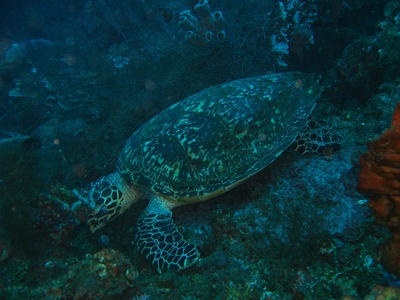
Hawksbill sea turtle
A colorful, reef-associated turtle prized for shell historically. Hawksbills are rare and critically endangered; divers and conservation groups may spot them around marine protected areas.
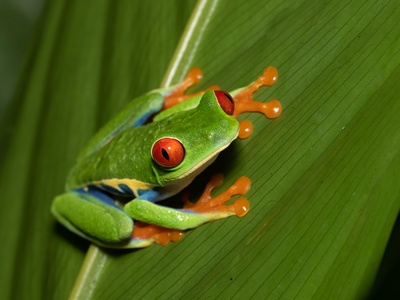
Red-eyed tree frog
A bright green arboreal frog with red eyes and sticky toes. A delightful nighttime sight in humid forests, it’s commonly featured in local nature guides and night walks.
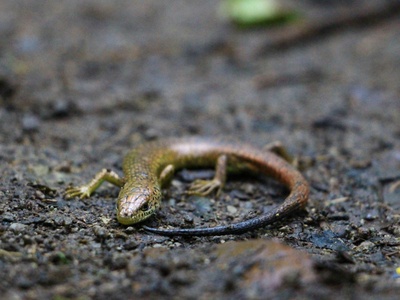
Salvadoran salamander
A small, lungless salamander endemic to El Salvador’s higher, humid forests. Locally rare and threatened by habitat loss, it’s a species of interest for students and conservationists exploring mountain reserves.
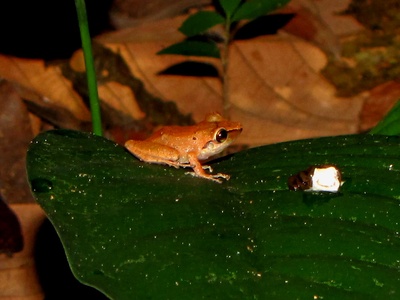
Fitzinger’s robber frog
A ground-dwelling frog often hidden in leaf litter. Small and insectivorous, it’s common in intact forest habitats and audible during wet-season nights for amphibian enthusiasts.
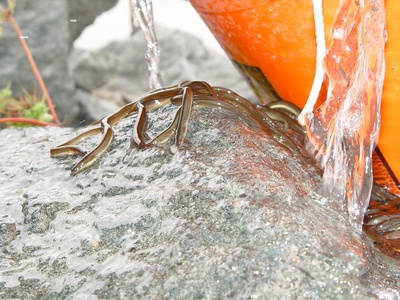
American eel
A long, snake-like fish that migrates from freshwater to the Sargasso Sea. Elusive by day, eels occupy rivers and estuaries and are notable for their remarkable life cycle and declining populations.
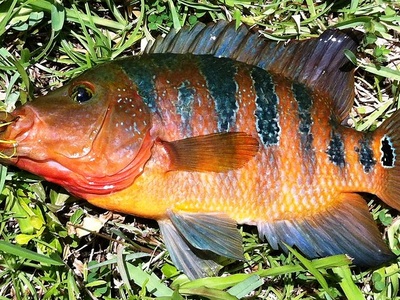
Mayan cichlid
A robust native cichlid common in slow-moving waters and estuaries. Often seen in mangrove lagoons and rivers, it’s popular with local anglers and easy to observe from riverbanks.
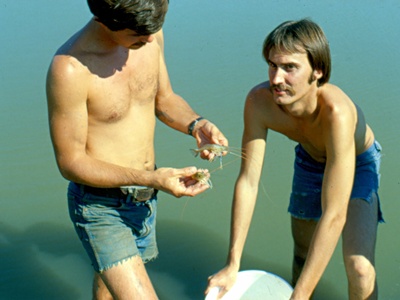
Freshwater prawn
A large native freshwater prawn important in local aquatic food webs. Found in rivers and brackish creeks, it’s visible to anglers and invertebrate enthusiasts, especially after rains and in clear pools.
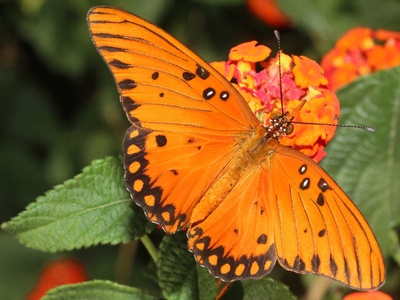
Gulf fritillary butterfly
A bright orange butterfly common in sunny spots and gardens. Easy to spot while feeding on flowers, it’s a favorite for casual observers and photographers exploring lowland habitats.
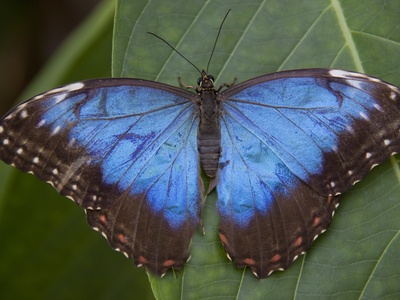
Blue morpho butterfly
A large, iridescent-blue butterfly of rainforest trails. When wings flash, it’s unforgettable; best observed in shaded forest paths and protected reserves where butterfly populations persist.
